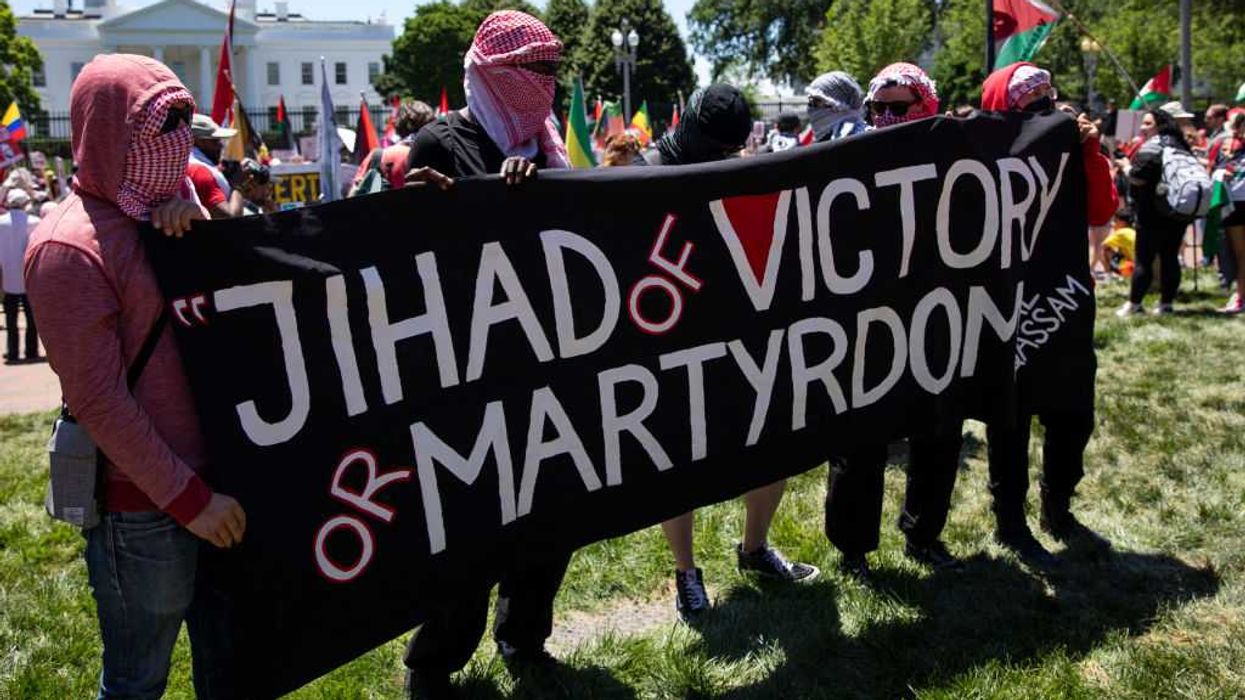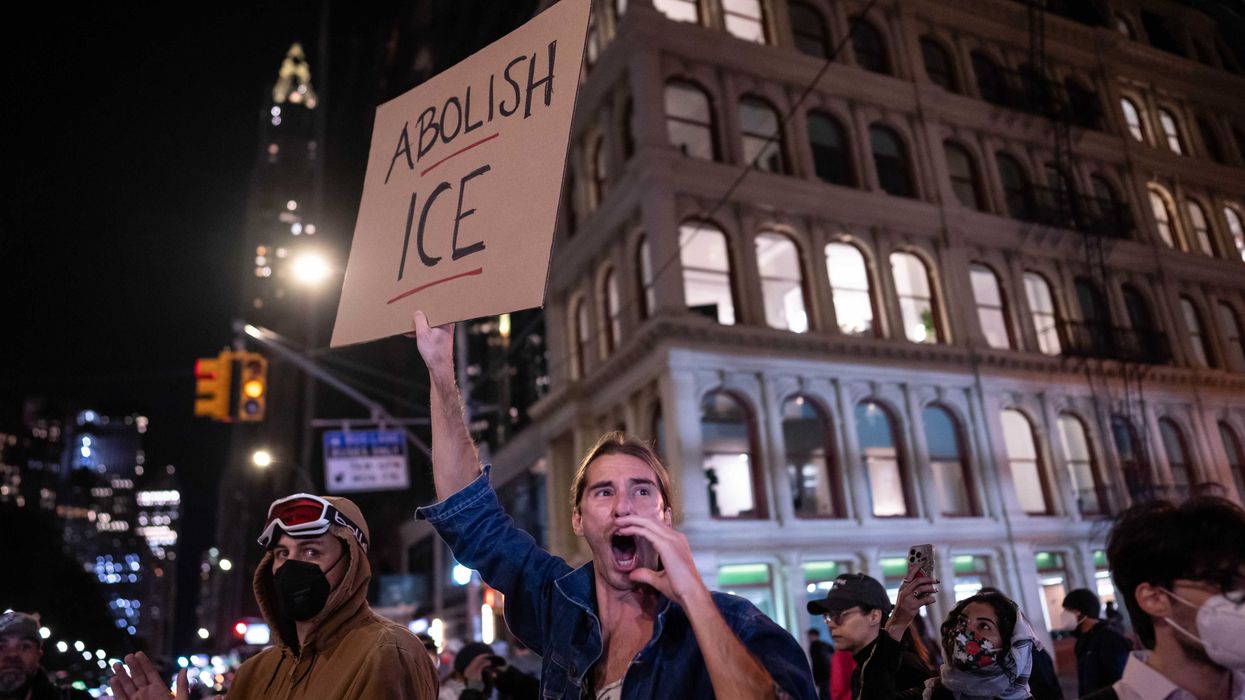Editor's Note: The following is a guest post from PeakProsperity.com.
In our recent report, Banks Are Evil, we pulled no punches in making the accusation that the financial system is the root cause of injustice in today's society.
It's a good blood-boiler. You should read it if you haven't already.
Its main premise is this:
In my opinion, it's long past time we be brutally honest about the banks. Their influence and reach has metastasized to the point where we now live under a captive system. From our retirement accounts, to our homes, to the laws we live under --- the banks control it all. And they run the system for their benefit, not ours.While the banks spent much of the past century consolidating their power, the repeal of the Glass-Steagall Act in 1999 emboldened them to accelerate their efforts. Since then, the key trends in the financial industry have been to dismantle regulation and defang those responsible for enforcing it, to manipulate market prices (an ambition tremendously helped by the rise of high-frequency trading algorithms), and to push downside risk onto "muppets" and taxpayers.
Oh, and of course, this hasn't hurt either: having the ability to print up trillions in thin-air money and then get first-at-the-trough access to it. Don't forget, the Federal Reserve is made up of and run by --- drum roll, please --- the banks.
With their first-in-line access to this money tsunami, as well as their stranglehold on the financial system that it all runs through, the banks are like a parasite feasting from a gusher on the mother-lode artery.
It should come as little surprise that, with all this advantage they've amassed, the banks have enriched themselves and their cronies spectacularly. They have made themselves too big to fail, and too big to jail. Remember that their reckless greed caused the 2008 financial crisis, and yet, in 2009, not only did bankers avoid criminal prosecutions, not only did the banks receive hundreds of billions in government bailouts, but they paid themselves record bonuses?
And the bonanza continues unabated today. By being able to borrow capital for essentially free today from the Fed, the banks simply lever that money up and buy Treasurys. Voila! Risk-free profits. That giveaway has been going on for years.
Couple that with the banks' ability to push market prices around using their wide arsenal of unfair tactics -- frontrunning, HFT spoofing and quote stuffing, stop-running, insider knowledge, collusion, etc -- the list is long. James Howard Kunstler is dead on: we don't have a free market anymore. Instead, we have rackets, run by racketeers. The rest of us are simply suckers to be fleeced.
But all is not roses if you're a banker these days. Even within the evil machine, there is great disparity in how the plunder is being divided.
Bad Times For Bankers?
A guy I've known since childhood works on the 'sell side' (investment/commercial banking, stock brokers, market makers) and has been telling me how cutthroat things have become over the past few years. The pay structure and job security have deteriorated notably. And he says the same is true for many of his colleagues on the 'buy side' (hedge funds, asset managers, institutional investors), too.
Really?
Even with enjoying the "unabated bonanza" described above, even with the markets back partying at all time highs, things are getting worse for many bankers?
Yes.
And while I personally can't conjure any sense of empathy for these poor devils, it looks like things are going to get even harder for them.
So what's going on here?
Well, it's mostly a story of the banking system's plundering ways coming back to bite it.
Capital Is Fleeing From Active To Passive Funds
First off, by flooding world markets with over $12 Trillion since the Great Recession, the central banks have pretty much destroyed "alpha".
Alpha is the "excess return" that fund managers' fees are based on -- i.e., "you're paying more for a smart guy like me to 'beat the market'". But when a tsunami of liquidity rises all boats at once, it's that money flood (i.e. the central bank money printing) that drives valuations. And its influence is so much larger than any other factor that it's really the only factor that matters. Great and crappy companies alike rise in price -- the "fundamentals" that fund managers use in their analysis become useless.
Which is why 66% of large-cap active managers failed to top the S&P 500 in 2016, and why 90% missed their benchmarks over the past 15-year period.
So it's no wonder that investment capital is fleeing from actively-managed funds to passively-managed ones. If the passive funds have much lower fees AND they perform better than the actively managed ones, why the heck shouldn't money flow into them?
Per CNBC:
A buoyant start to the stock market in 2017 couldn't stop investors from ditching actively managed funds.The trickle away from stock pickers and toward indexes has turned into a flood, with more than half a trillion dollars heading into passive funds over the past 12 months, according to Morningstar.
Active management in total saw $13.6 billion in outflows for January, mitigated only by net inflows to bond funds, Morningstar said. U.S. equity saw $20.8 billion in outflows, bringing passive management closer to parity when it comes to domestic stock funds.
By contrast, passive management saw just shy of $77 billion in inflows. U.S. equity funds, which track broad indexes like the S&P 500 and its sectors and subsectors, pulled in $30.6 billion for the month.
Overall, actively managed U.S. equity funds now hold $3.6 trillion in assets while their passive counterparts hold nearly $3.1 trillion. All classes of passive funds have seen inflows of $563 billion over the past year, while active funds have suffered $325.6 billion in outflows.
"The massive exodus from actively managed U.S.-equity funds continued in January," Alina Lamy, Morningstar's senior analyst for quantitative research, said in a statement. "The tidal wave is showing no signs of stopping, threatening all but a select few and making active investing a dangerous ocean to swim in."
The result of this is tremendous mounting pressure for active managers to reduce their fees. Lower fees being charged on shrunken fund pools obviously affords fewer asset managers, who in many cases are now working for less compensation.
Keep in mind, between just the ECB and the DOJ, nearly $200 Billion of additional liquidity has been -- and continues to be -- injected into world markets each month(!). So, as the above article says, don't expect the tidal wave of capital fleeing actively-managed funds to stop while the central banks' liquidity spigots are still flowing.
The White-Collar Cost Of Automation
Finance was one of the first industries to embrace the automation boom, given the obscene profits that could be made. In his book Flash Boys, Michael Lewis described how the arms race of high frequency algorithms literally changed the game in terms of how financial instruments are traded -- and made $billions upon $billions of unfair profits for the big banks that invested in the technology.
Well, many of the bankers who cheered the boost the machines gave to their annual bonuses aren't cheering so much now. You know what algo-driven markets don't need? Human traders.
Below is photo of the UBS trading floor from 8 years ago, contrasted with one from this year (source: Zero Hedge):
8 Years Ago

Now

Per the Wall Street Journal:
Technology is replacing people on trading floors and in the middle and back offices where trades are checked, confirmed and settled. Some of this is to give investors an edge in markets with computer-driven tools such as algorithmic and high-frequency trading.But technology also means more work can be moved offshore or to cheaper locations. More reliable internet links with India, for example, mean people can work together on the same documents or files in real time.
The total number of people employed by all kinds of banking in the U.K. has fallen 22% from its precrisis peak in 2008, or by about 120,000 jobs, according to data from Britain’s statistics office.
Here's another stark example:
Goldman Had 600 Cash Equity Traders In 2000; It Now Has 2For the dramatic impact of technology, and specifically trade automation from algo, quant and robotic trading on today's capital markets, look no further than Goldman's cash equities trading floor at the firm's headquarters which, according to the MIT Tech Review, employed 600 traders its height back in 2000, buying and selling stocks for Goldman's institutional client clients. Today there are just two equity traders left.
As warned of in our earlier article Automating Ourselves To Unemployment, jobs lost to automation don't come back. More than that, the technology itself lowers the cost structure, ultimately lowering industry profits as other competitors invest in similar tech and the margins are competed down:
Structural changes to the equities business over the last several years, such as the rise of electronic trading, have knocked off around $15 billion from the equities fee pool, according to a report from Morgan Stanley and management consulting firm Oliver Wyman.
Electronic trading has dramatically increased trading volumes, while making the cost of trading much cheaper.
Oliver Wyman partner Christian Edelmann, who co-authored the report, does not see those revenues coming back. "Once the equities model has become technology driven, that's not going to change," he said.
A Cultural Shift To Cost-Cutting
And the jobs cuts aren't just related to technology. As profit margins are squeezed, players in the financial industry are looking for any and all reasons to cut costs.
A current victim of this trend is equity research. For decades, sell side firms like the investment banks offered their clients "expert analysis" from their research departments. Historically, that was bundled into the bank's overall fee it charged its clients.
But now, increasingly cost-conscious clients are demanding to know how much that research is costing them. Especially since almost all of that research doesn't even get read. A recent Reuters article showed that of the 40,000 research reports produced every week by the world's top 15 global investment banks, less than 1 percent are actually read by investors.
It's long been a poorly-kept secret that the research departments were a dependable vehicle for investment banks to bilk their clients for unnecessary profit. Now it looks like that ruse is over. And billions in revenue per year along with it:
Banks have already been trimming their research budgets. Spending on research at the top investment banks fell by just over half to $4 billion in 2016 from $8.2 billion in 2008, according to Frost Consulting.
An industry long known for its "Wolf of Wall Street" culture of excess is now counting its pennies. That's a very significant perception shift.
A Sign Of The End
What's important about all this is not sympathy for the poor bankers who have to accept lower wages or a pink slip. Consciously or unwittingly, they've been foot soldiers for a cabal that's done the greatest evil towards global human rights and prosperity over the past century. Personally, I'll happily take a front row seat, open up a bag of popcorn, and delight in the schadenfreude of watching that industry collapse on itself.
What is important is what all this tells us about where we are in this story. We are now getting close to the end.
For decades and decades, more and more sharks found their way into the financial industry. And for decades and decades, there was plenty of prey for them all to feast and fatten on.
But now we're at the point where there's much less to prey on. So the biggest sharks are now turning on the smaller ones. Those at the top of the industry are trying to preserve their share of the pie -- and if they have to do so by cannibalizing those below them on the org chart, so be it.
It has now become a shark vs shark world.
That's important.
This is happening, mind you, at a time when the banks are in their 8th straight year of enjoying practically-free money from the world's central banks, which is essentially a great wealth transfer from the public's coffers. And at a time when financial assets have been re-inflated to all-time highs.
If things have reached this cutthroat a state when Wall Street is booming, imagine how much more gruesome this "eating their young" dynamic can/will become during a market downturn.
We're at the point where those at the apex of power are becoming increasingly desperate to maintain their unfair advantage. And as the economic pie refuses to grow due to the twin overload of too much debt and declining net energy, these apex predators will turn on each other -- first to maintain their spoils, and then simply to survive.
Things will get nasty in a hurry during that stage, as we warned about in our recent report: Positioning Yourself For The Crash.
While you still can, you want to make sure the bulk of your investment capital is positioned for safety, and you want to make your lifestyle as resilient as possible so that, no matter what jarring developments the future may bring, you and the ones you love are least impacted by them.


 AASHISH KIPHAYET / Contributor | Getty Images
AASHISH KIPHAYET / Contributor | Getty Images
 Harold M. Lambert / Contributor | Getty Images
Harold M. Lambert / Contributor | Getty Images Adam Gray / Stringer | Getty Images
Adam Gray / Stringer | Getty Images Anadolu / Contributor | Getty Images
Anadolu / Contributor | Getty Images